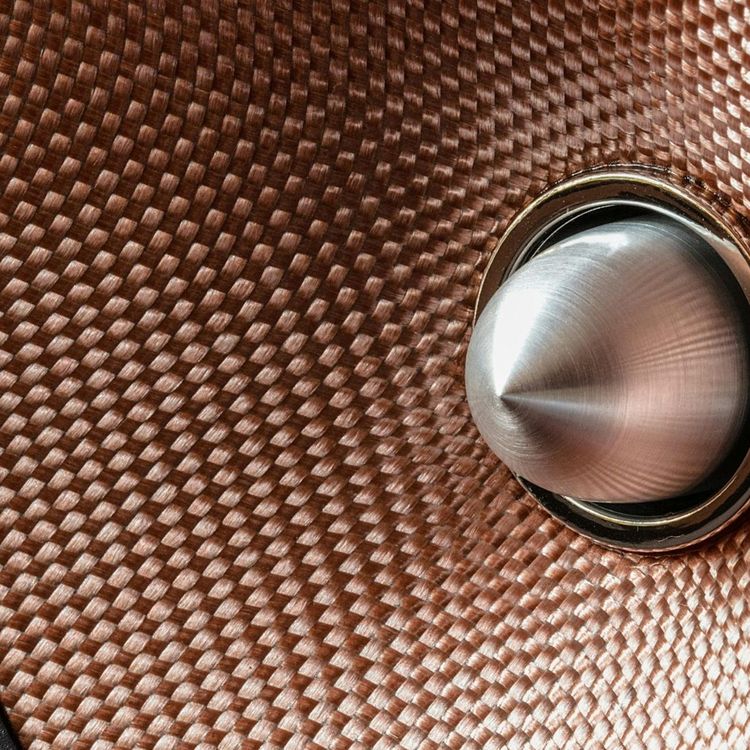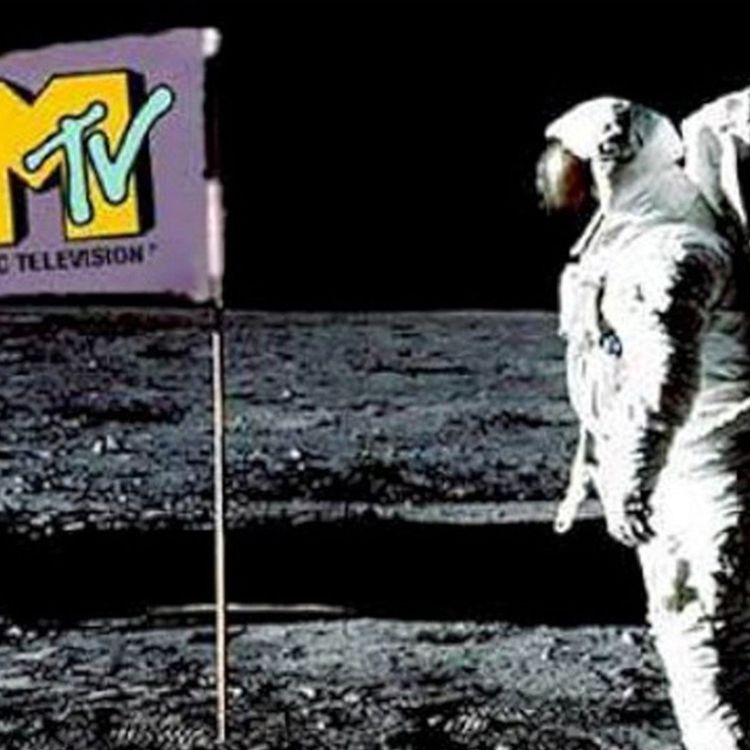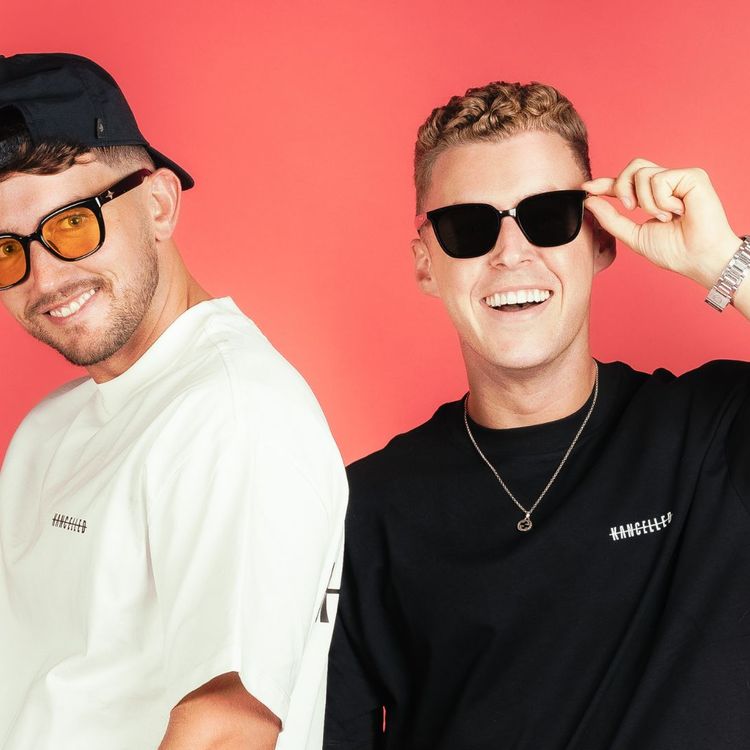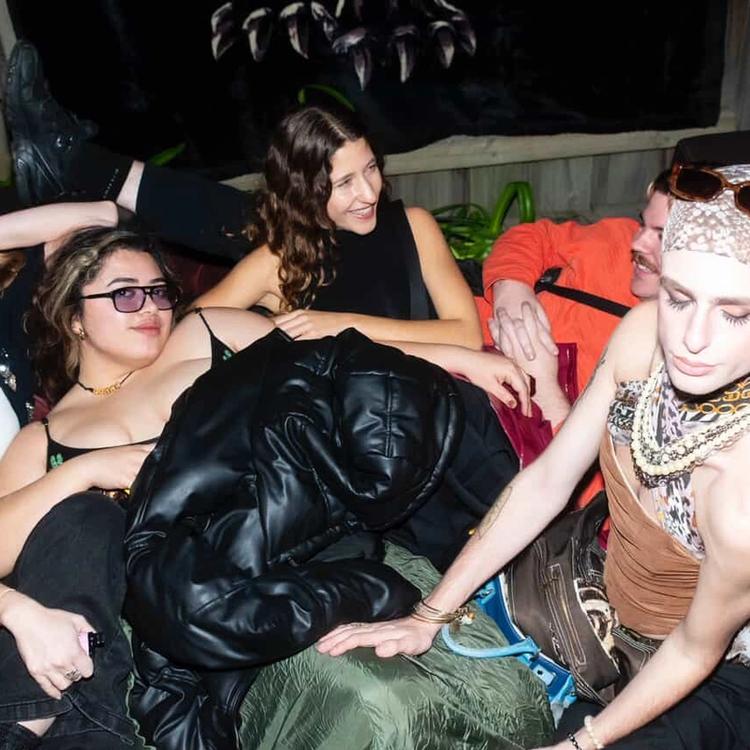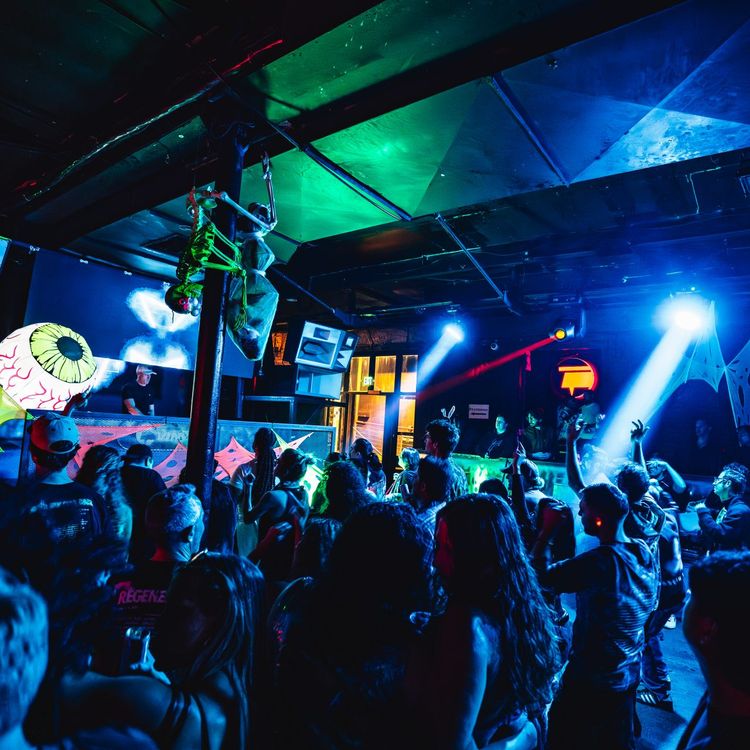The Fall of the Gatekeepers and Rise of New Drum and Bass
Drum and bass has historically been “only for the headstrong,” as its MCs are known to say. For three decades, the British-born and bred genre has been the bastard stepchild of electronic dance music, the most underground and its most purist. Over the last few years, however, that’s been blown to bits.
Since its inception, drum and bass has consistently experienced a healthy audience in the UK. In the last decade, the fierce appetite for D&B has spread to mainland Europe with the popularity of genre-bending producers like Noisia, Black Sun Empire, and Camo & Krooked. Drum and bass created a noticeable blip on the electronic music radar Stateside in the late ’90s during the Roni Size/Reprazent, Goldie, and LTJ Bukem wave. However, it was just that, a blip, which faded almost as quickly as it appeared, leaving in its wake a hardcore following that made up for their negligible numbers with unbridled devotion, forsaking all other styles of music to worship at the shrine of drum and bass’ skittering high BPM beats and low-slung basslines.
As drum and bass thrived across the pond, domestically, it struggled to survive. Drum and bass club nights appeared and evaporated, leaving a fractured group of longstanding exceptions like Los Angeles’ Respect, San Francisco’s Stamina, Orlando’s Torque, Seattle’s DnB Tuesdays, and Boston’s Elements.
Drum and bass artists made up a tiny to non-existent percentage of festival lineups. Even behemoth promoters Insomniac, who historically were massive supporters of the genre, relegated drum and bass talent to daylight hours and jammed them into congested (sometimes confusing) back-to-back sets.
Drum and bass record labels failed to make enough money to stay alive. And while their contemporaries in house and techno experienced exponential growth, those only producing and playing D&B had to have another source of income or move abroad (see: René LaVice and Gridlok) to survive.
Yet, after years of staying underground, drum and bass has become ubiquitous on the global music scene. In the US, it’s woven into the sonic makeup of sounds not strictly under the drum and bass umbrella. Ironically, drum and bass’ omnipresence is despite itself. The new generation of producers are going against the traditional tenets of the genre. Specifically, they have no regard for purism and refuse to make their listeners run the gauntlet to find them.
Drum and bass is becoming more prevalent in songs from high-profile dance music artists that aren’t afraid to cross genre lines, such as Zeds Dead’s “In My Head” (with MKLA) and Porter Robinson’s “Everything Goes On.”
“I listen to 1000s of DJ mixes a week and the new official music videos on YouTube every Friday, and there certainly is a big trend of DJs who didn’t used to play drum and bass dropping some drum and bass tracks,” says Reid Speed, a US pioneer of drum and bass and a trailblazer for women in the space. She adds, “Other genres borrowing from drum and bass are also having a moment of popularity right now.”
Just listen to superstar rapper Rico Nasty’s snarling “Intrusive,” where she spits over a shrieking drum and bass backing track. As teeth-grindingly aggressive as “Intrusive” is, it’s also a bouncing and fun sing-along.
British singer-songwriter and producer Pink Pantheress’ “Break it Off,” based heavily on a sample of Adam F’s 1995 track “Circles,” and piri’s “soft spot” are perhaps the two songs most often referenced when speaking about drum and bass appearing in unexpected places.
And while Rico Nasty and Pink Panthress often dip heavily into dance music subgenres, strains of drum and bass appear everywhere. Cases in point: actor/singer Maya Hawke’s “Sweet Tooth,” and singer/songwriter Charlie Puth’s “There’s a First Time for Everything.”
(This “Drum & Bass what?” playlist on Spotify is regularly updated with new non-drum and bass releases that have drum and bass in them, even if it is for a few seconds.)
There was no way to predict this type of infiltration when drum and bass started defining itself some three decades ago. Interestingly, the origins of drum and bass are as un-purist as music can get. It pulled elements from house, techno, breakbeat, hardcore, hip hop, and Jamaican sound systems to create its own Frankenstein musical being. A detailed dissection of each of these genres and their amalgamation into drum and bass can be found in music scholar Chris Muniz’s excellent Bassrush article, “How to Talk to Your Kids About Drum & Bass.”
Optical, one of the most revered drum and bass producers of all time, explains that in the mid-’90s, when UK drum and bass artists made their way over to the US, “The music was fairly similar to what we had in the UK, but the drum and bass part of it wasn’t there. 1998 was when it really started to take off in America.”
The formalization of drum and bass in North America came with major label interest and the involvement of professional promoters. “Drum and bass was very UK-dominated in the beginning, but the American thing matured rapidly and became a thing of its own where we were coming along to be part of the American scene,” says Optical. “Also, we were incorporated into those giant raves, like Electric Daisy Carnival. American raves on that scale are the biggest in the world. A lot of our experiences of playing to huge crowds have been in America.”
Optical and his partner Ed Rush have cultivated their formidable audience with zero compromises in what they produce or play. Their patented brand of neurofunk, a particularly harder-edged sub-genre of drum and bass, is possibly a more challenging one in the style that already has a high aural barrier to entry. Even so, Ukrainian techno DJ Nastia has been closing her sets with Ed Rush and Optical’s 2005 track, “Reece,” which has resulted in thousands of downloads of “Reece” every time she has a gig.
“I’m happy people are bringing the music into the sphere, getting a wider audience for it,” says Optical. “It’s obviously made a difference in the US, from what I can see. There are so many flavors of drum and bass, so many varieties of styles. I don’t know if you can necessarily say that about techno or house.”
The malleability of drum and bass is ultimately what drew DJ DB to the genre. The New York-based expat was one of the first people who could translate not just drum and bass, but electronic dance music for executives working in the traditional commercial systems of the music industry. An eclectic DJ in his native UK, when DB moved to the US, he realized that to work as a DJ, he had to pick a lane.
“I went with the drum and bass because it was morphing and expanding and shrinking more than any other genre,” says DB. “Drum and bass was the music that was really changing every three months. You could hear the difference and that’s what excited me so much at the time.”
It was at DB’s NASA parties where British hardcore debuted, becoming jungle and drum and bass. At the time, DB was also working at Sm:)e Communications, an imprint of Profile Records, releasing electronic dance music. Soon after, he opened Breakbeat Science, a record store stocking only drum and bass. Next, Warner Brothers Records tapped him to commission dance music remixes, including many drum and bass flips of songs in the Warner catalog.
Many years later, DB’s 22-year-old son Max is discovering drum and bass in an entirely different context than his father. “Max and his friends go to hear DJs that are playing these cuckoo eclectic sets,” says DB. “It’s part of the woke/alt/trans world. Nobody is a ‘he’ or a ‘she’ or a ‘they.’ It’s all mixed up. They’re playing all kinds of stuff, and a lot of it is drum and bass, but they aren’t purists. They’re the opposite, which I love.”
This scene is somewhat parallel and somewhat apart from traditional drum and bass communities. It is an independent, underground, and a throwback to the early rave days with a strong queer and BIPOC contingent. The genre-fluid subculture leans toward the old school aesthetically and in practice. Bianca Oblivion, AK Sports, I. Jordan, and Mandidextrous are the artists leading this scene, whose figurehead is the UK’s Sherrelle. And even though her profile has risen far above the underground, she still reps for it.
According to DB, “There are no gatekeepers anymore. There is no ‘one’ thing. You can be so disparate.” Streaming, and social media, TikTok in particular, can partially be credited to drum and bass permeating the general public’s consciousness, including music from non-exclusive drum and bass artists.
Case in point, Moonboy is hugely popular on social media for his drum and bass and dubstep tutorials. He’s gotten the attention of longstanding drum and bass artists and has a release on Atlantic Records. He has a solid following, yet he doesn’t have a presence in the conventional drum and bass scene.
Similarly, Bru-C is a rapper and MC who has parlayed rhyming over drum and bass on social media into a career on the festival circuit. This type of overground attention-seeking would have been unheard of in the ’90s when he would have been shut down and shunned instantly.
“Nobody’s embargoing him, nobody in the underground even notices that he’s out there doing it,” says DJ Kalm of Bru-C. A veteran of pirate radio, which was a breeding ground from drum and bass in the UK, and schooled in its restrictive attitude, Kalm says, “Before, drum and bass was put through a much more heavily scrutinized magnifying glass at that initial stage. Now, it’s not the wild west so much as a metropolis of madness. There’s so much of it coming out all the time. There’s no way anyone could do an embargo against anyone because no one can keep up with it.”
There are no rules, regulations, parameters, structures, or systems to navigate in the new school of drum and bass. If you want to make drum and bass when you previously produced a different genre, like Reaper, who previously made trap future bass under the name Prismo, you absolutely can. You can release your music on any label, even if it has never had a drum and bass release before, which Reaper has done on Monstercat and Space Yacht.
You don’t have to DJ on the drum and bass club and festival stage circuit. You can play drum and bass anywhere, at any point in your set. You can bring drum and bass to a multi-genre promoter, like the aforementioned Space Yacht or Brownies & Lemonade. They will embrace what you’re doing and present it to their audiences with a stamp of approval that results in brand new fans, not just of you as an artist, but of drum and bass.
This system of release and presentation allows for a more accessible point of entry to the genre than the musically and environmentally challenging one that drum and bass has traditionally occupied. In addition to Reaper, Kumarion, Justin Hawkes, and Skellytn are among the new school of drum and bass artists who are, in a way, mainstreaming drum and bass.
“I feel like drum and bass in North America is breaking new ground as it becomes more widely accepted,” says Skellytn, who credits the ramp up of her burgeoning career this year to a slew of consistent releases of her original music in 2022. She gained momentum with tracks on high profile drum and bass labels like Eatbrain, Bassrush, RAM, and an album on Play Me Records.
Social media is also where Skellytn says her multigenerational audience discovered her, for the most part. “Sometimes I feel like my audience is slightly older, 26+, and other times I play festivals and I see young kids 18-23 raging at my set,” she says.
To be clear, a fresh young audience that appreciates drum and bass, doesn’t necessarily (or at all) translate to bigger numbers for the US bastions of the genre that have been putting in their blood, sweat, tears, and cash to keep it going. However, it has resulted in larger festival crowds for these artists, more streams on DSPs, and a renewed interest in drum and bass releases.
Reid Speed observes this on her Play Me Records, a label celebrated for an open attitude toward genres. “Historically, we have had a lot of drum and bass remixes, but those wouldn’t necessarily do as well,” she says. “We refocused on a few people I picked early on, like Dr. Apollo, AIRGLO, Kumarion, Rebel Scum, Des McMahon. They blew up pretty fast. We put out Des’ stuff before, but all of a sudden, it started hitting differently.”
These artists reference the modern bass music scene more than legacy drum and bass artists. A style less identifiable as something heard at a longstanding drum and bass party and more accessible to a broader audience.
While some of these artists are booked at Insomniac’s Bassrush, representing drum and bass, they aren’t playing other legacy drum and bass parties. That circuit caters more to those with OG emotional connections and attitudes toward drum and bass—the same ones that restrained the genre.
“Drum and bass has spiraled out of the hands of the people who traditionally would have been considered the gatekeepers,” says Muniz who also DJs as Nightstalker, one of the longest-repping figures in drum and bass, both behind the decks and behind the scenes as a music scribe. Muniz sees the future in labels like Zed’s Dead’s Deadbeats, which will release dubstep, freeform bass, and drum and bass neck in neck with each other, sometimes as separate releases and other times all on one EP.
DJ Machete has seen every permutation of drum and bass since its start in the US from a trifecta of vantage points: as a DJ, the promoter of Respect, and as an agent for his own Respect Artist Agency. Respect stays steadfast, never bending to the different waves of drum and bass that have blown through its 24-year history.
“There are promoters who don’t normally do drum and bass starting to include it in their programming,” says Machete. “There are also promoters with their followings, and no matter what genre they’re pushing, they’ll have their core crowds. I definitely support it in the sense that I want more people to get to know the music. If they’re really truly into it, they’ll find our club.
He continues, “There are certain artists that created this genre that a lot of these promoters and people will never know or even care about, which is unfortunate. I have made it my mission to keep booking those guys and keep that vibe alive as long as I’m doing this.”

